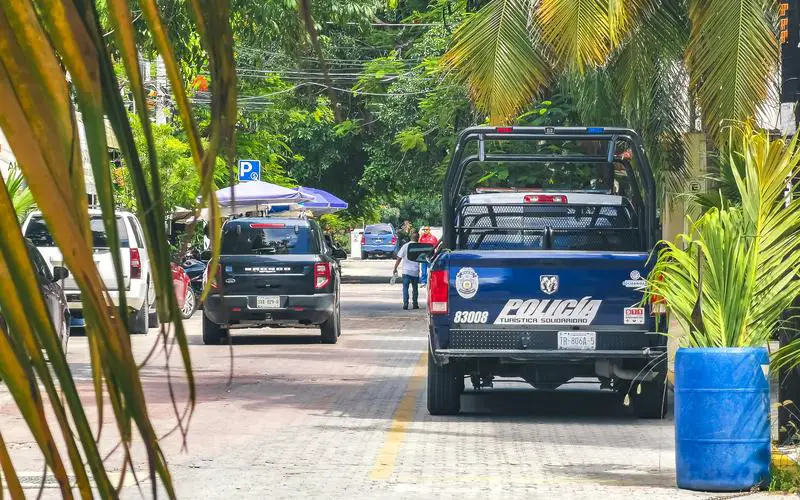On the night of May 20, 2024, six bodies were found in Acapulco, a popular Pacific Ocean resort city in Mexico. The victims, comprising four men and two women, were discovered bound, strangled, and with their hands tied behind their backs. This horrifying revelation marks yet another incident in a series of violent episodes that have disrupted the peace in Acapulco, a city previously famed for its tourism.
Authorities have yet to release the identities of the victims as the investigation is still ongoing. So far, no details have been provided regarding the motive behind the killings. Strangulation, the method used in these murders, is commonly employed by Mexican drug gangs who often resort to asphyxiation via duct tape or plastic bags to kill their victims.
This latest act of brutality follows closely on the heels of a previous incident where five dismembered bodies were found strewn across Acapulco’s streets. One of these victims was a town council seat candidate from the nearby town of Coyuca de Benítez. Earlier in April, Acapulco’s traffic police chief, Eduardo Chávez, was shot dead. In another incident in February, two men were found strangled at the popular Condesa beach, with evidence of neck torture referred to as “torture by ligature” by the authorities.
The recent surge in murders has deeply unsettled the local community, leading to increased safety concerns. “We are living in constant fear,” said a resident who wished to remain anonymous. “The violence is impacting our daily lives and our ability to earn a living.”
Adding to Acapulco’s woes is the aftermath of Hurricane Otis, a Category 5 storm that hit in October, leading to widespread destruction and claiming 52 lives. The city’s hotels and infrastructure suffered severe damage, and the recovery process has been slow. The ongoing violence has further impeded efforts to rebuild and revive the city’s once-bustling tourism industry.
The U.S. State Department has issued travel advisories discouraging Americans from traveling to Guerrero state, where Acapulco is situated, due to high crime and violence levels. The advisory notes, “Crime and violence are widespread. Armed groups operate independently of the government in many areas of Guerrero. These groups often set up roadblocks and may resort to violence against travelers. In past years, U.S. citizens and lawful permanent residents have been kidnapped.”
The local government has been striving to counter the escalating violence, but despite the deployment of around 10,000 National Guard members and 6,500 soldiers on the streets, the drug cartels continue to exert considerable power. Bus and taxi drivers are often coerced into working for these gangs, and those who resist or fail to meet their demands face severe repercussions. In March, videos surfaced on social media showing gang enforcers attacking bus drivers for not serving as lookouts.
The violence has had a devastating impact on the tourism industry. Acapulco, once a shining star of Mexico’s tourism sector, is now tainted by ongoing violence, causing many tourists to choose safer destinations and causing economic hardship for the local population. “The violence generates a terrible reputation, which is bad for tourism,” said the president of Acapulco’s National Chamber of the Restaurant and Seasoned Food Industry (Canirac).
The persistent violence in Acapulco underscores larger issues within Mexico’s judicial system. Over 80% of murder cases remain unsolved, and at least 90% of suspects arrested are eventually released. The federal government has been trying to reform the court system, but progress has been slow.


